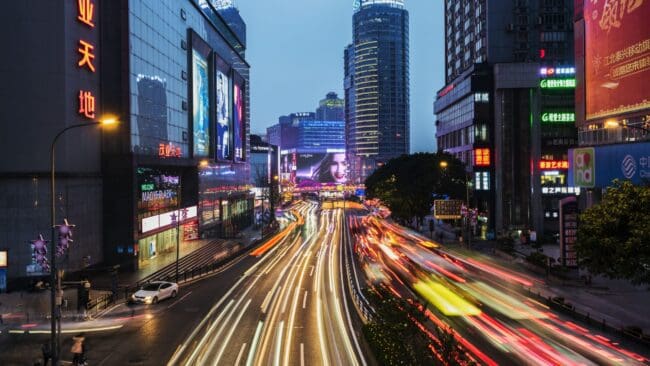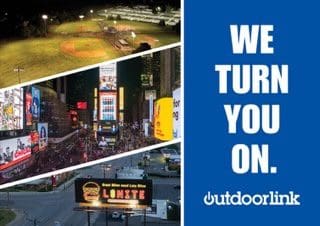

Conditions in China and Australia

Remi Roques: Australia is still very much in the thick of its battle with the virus, with the government having implemented stage 3 restrictions. Under these restrictions schools are currently open, but the government recommends that students stay at home and follow courses through distance learning if possible. Restaurants, bars and sport centers are all closed. Public transit is open, though it is less trafficked. This is largely because the government has asked the public to avoid going out in groups and make trips only for essentials such as groceries, medicine or to exercise. Other activities could result in fairly substantial fines.


Ben Allman: We’ve been in constant communication with our publisher partners in Australia and New Zealand throughout the pandemic, and while verticals such as cinemas, office spaces and gyms have been hit hard, other sectors of DOOH continue to deliver sizable audiences. There’s a misconception that DOOH is effectively shut down, which isn’t the case. Although most people are doing the right thing by staying home when they can, many are still out and about for the essential purposes of working, shopping and exercising. Smart brands are continuing their conversations with consumers in a way that is sensitive to current events. A lot of the content we’ve seen thus far reflects this, and there have been some great campaigns to come out of the region. Advertisers are able to turn these campaigns around in minimal time, given DOOH creative can be produced relatively quickly and cost effectively compared with other mediums.

Sophia Furness: At the early stage we’re currently in, I don’t anticipate that we’ll see much forward-planning in the Australian DOOH market in the near term because of so many uncertainties, but once social distancing restrictions are relaxed, people will likely be excited to get out and about again, eager to resume activities from which they were previously restricted. We’ll gradually begin to see more cars on the road, shopping centers grow more packed and office spaces active once again. This will no doubt create new opportunities for brands to reach consumers in a meaningful way.

















